
3ds Max brings modern solutions so you can realize your creative ambitions. The new Array modifier allows for easy customization of assets, and Editable Poly retriangulation updates give you better topology results. 3ds Max also continues to build on its animation capabilities so you can iterate faster.
Solutions in the 3ds Max 2023.2 Update
- New Array Modifier
- Enhanced Editable Poly Retriangulation
- MeshSmooth Modifier Performance
- Chamfer Limits Update
- Trackview Updates
- Delta Mush Computation
- PFlow
- gLTF Updates
- MAXtoA Update
- USD in 3ds Max (public beta)
New Array Modifier
Duplicate and distribute mesh data procedurally with a new object-based Array modifier. Create robust and highly art-directable content with control over distribution and randomization transforms, randomization of material IDs, UV offset, and more.
The following distribution types are available through the Array modifier:
Grid
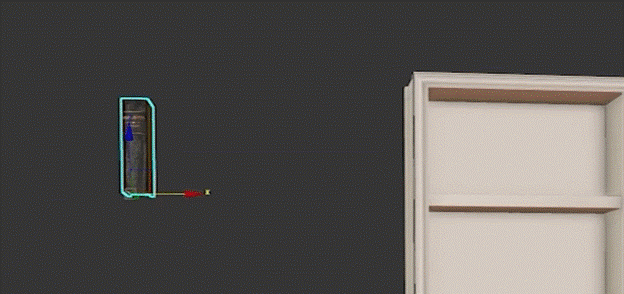
Distribute arrayed mesh data in a uniform grid pattern based on X, Y, and Z duplication counts, or by utilizing a dimensional size to duplicate within.
Radial
Distribute arrayed mesh data along a radial arc with control on duplication count, radius length, start and end angle, number of rows, and rings.
Spline
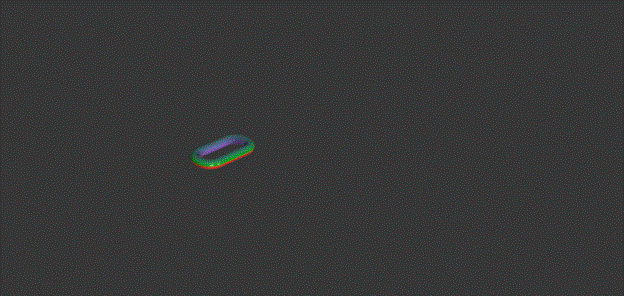
Distribute arrayed mesh data along the length of a Spline with options for distribution count from start to end; relative offset spaces that distribute from first to last spline knot; fill distribution; and at all or specified spline knots or segment centers.
Surface
Distribute mesh data using Surface distribution at the position of all or specified vertices, edge centers, or face centers of a target mesh.
Enhanced Editable Poly Retriangulation
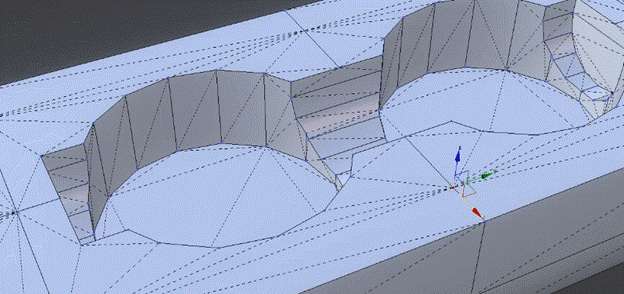
Enhancements to the Editable Poly object retriangulation algorithm enable you to generate improved topological results when producing new faces, moving vertices, or using the retriangulate function.
MeshSmooth Modifier Performance
Enhanced performance when loading or applying the MeshSmooth, Edit and Editable Mesh, and Edit and Editable modifiers.
Chamfer Limits Update
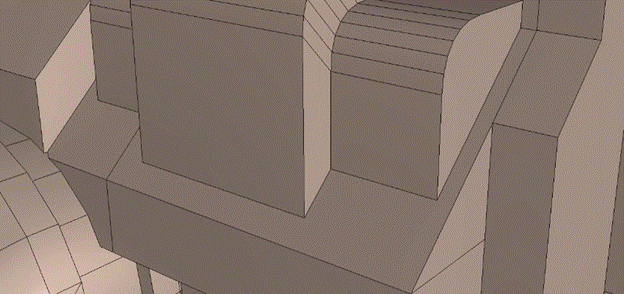
When performing a chamfer operation with the Chamfer modifier or an Editable Poly object, the Chamfer Limit Effect output will prevent self-intersections in the chamfered surface, while also avoiding over limiting. The Chamfer modifier will also generate improved surface normals when working with non-explicit normals.
Trackview Updates
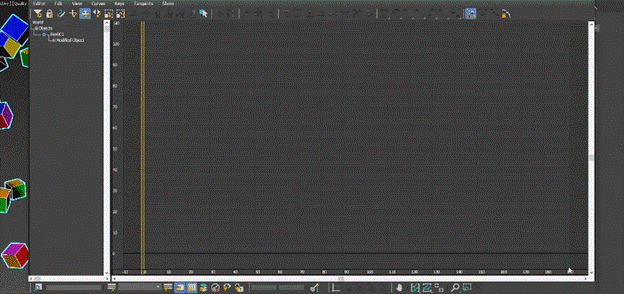
Various improvements have been made to Trackview based on user feedback to bring better reliability and ease of access to your animation data so you can iterate and refine your animations faster and more easily.
Delta Mush Computation
The Delta Mush operator found in the Data Channel modifier has been updated to bring enhanced symmetrical results across the mesh to completement your Skin modifier deformation.
PFlow
PFlow object settings have been updated to be more consistent between viewport and rendering quality and sampling. Additionally, various PFlow presets have been updated with new settings for Viewport Quality and Integration Steps.
gLTF Updates
You can now use the Scene Converter with a new glTF Preset to convert Physical Materials to glTF Materials. Additionally, the glTF exporter can now export all map channels on your mesh data instead of being limited only to Map Channel 1.
MAXtoA Update
This update comes with MAXtoA 5.4.0.37 which includes improvements to the V-Ray scene converter, volume shading, and added support for pinned curves and nested instancers.
- Improved V-Ray scene converter: The V-Ray scene converter now has been improved and supports many new features.
- Dual-lobe phase function for standard_volume: A new phase function model has been implemented for the standard_volume shader to bring a more realistic approximation to the
- Physically correct volume emission scaling: The standard_volume shader supports scaling of volumetric emission in a more physically correct manner (via the emission_scaling option).
- Other volume emission improvements: The blackbody_intensity control can now be dialed above 1 for convenience.
- Cryptomatte 1.2.0: The version of Cryptomatte bundled with Arnold is upgraded to 1.2.0
- Upgrade OpenImageIO 2.4.1: The OIIO used by Arnold has been upgraded to 2.4.1
USD in 3ds Max (public beta)
- USD Stage: 3ds Max can now directly load a USD stage without having to import the data. This allows display and render of native USD in a Max scene. Teams can now use USD as a more efficient form of referencing than Scene XRef in many cases.
- USD Exporter SDK: The Max USD SDK allows developers and TDs to control how our USD Exporter translates data from 3ds Max into USD. This is essential for custom data types specific to different render engines, game engines and other environments. This SDK provides both C++ and Python APIs and has a signature very similar to the extensibility features in Maya, which will reduce the effort developers spend making USD tools between 3ds Max and Maya.
- Exporter: The exporter has been expanded to support the new USDStageObject. The exporter UI has been updated to expose custom options that plugin developers can provide via the new USD Exporter SDK. This allows artists to get more of their data from Max into USD.
- USDStageObject nodes will export as a reference in the exported file.
- Custom Shaders and Chasers can be turned on and off in the Exporter UI.
Check out the USD for 3ds Max 0.3 Release Notes for more details.
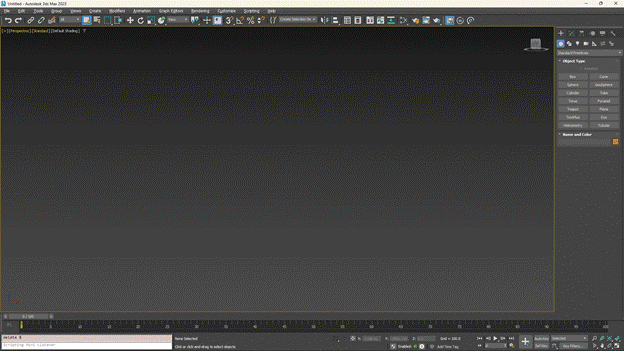
Check out the 3ds Max 2023.2 Release Notes for more information.
Join the community and submit your ideas and feedback at 3dsmaxfeedback.autodesk.com.
Learn how customers around the world are using 3ds Max on AREA by Autodesk.